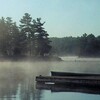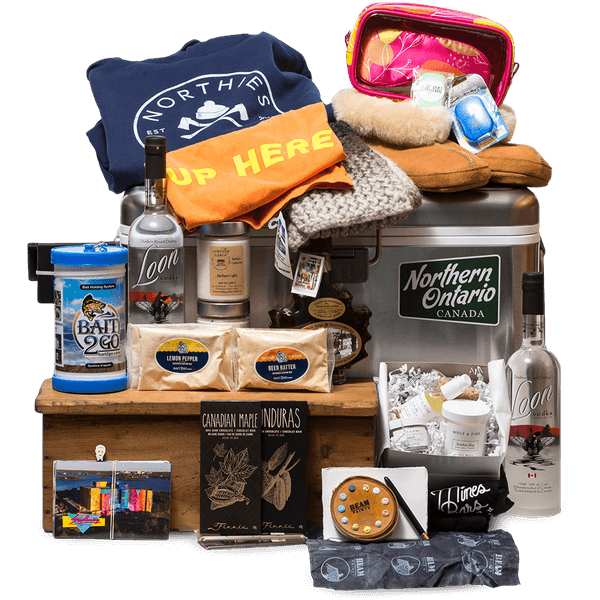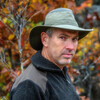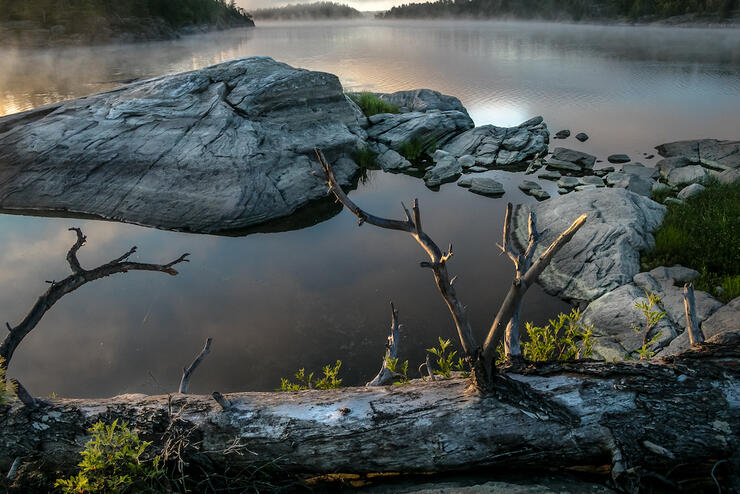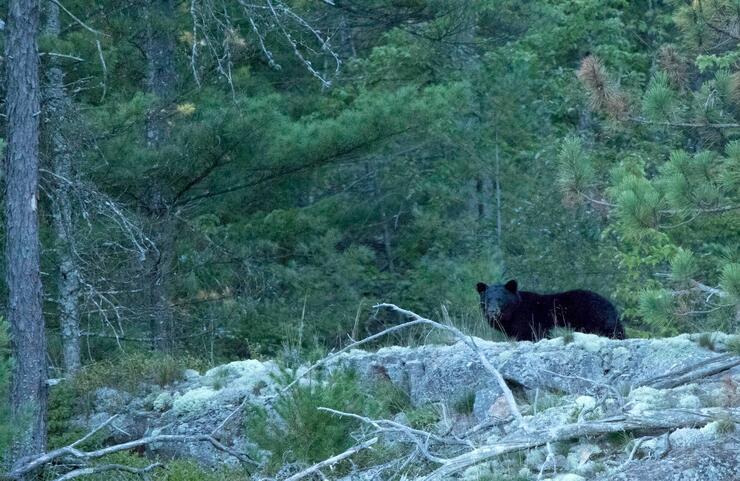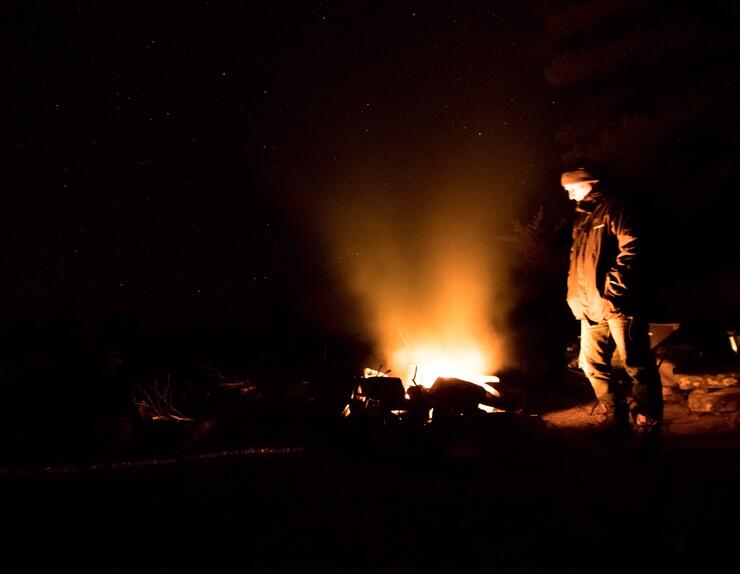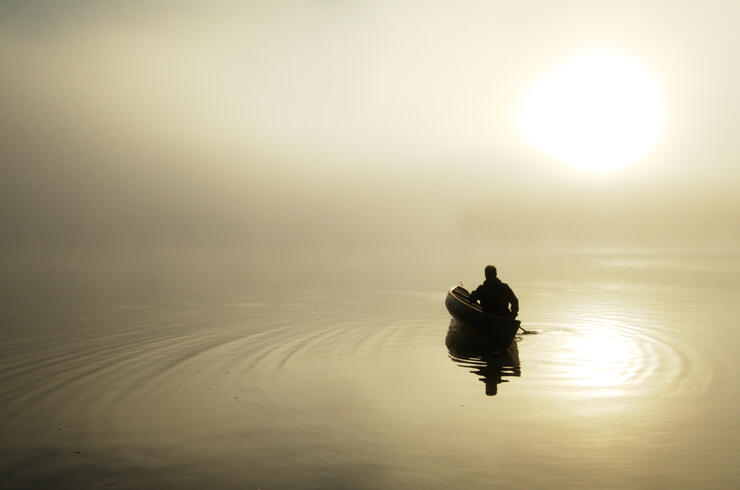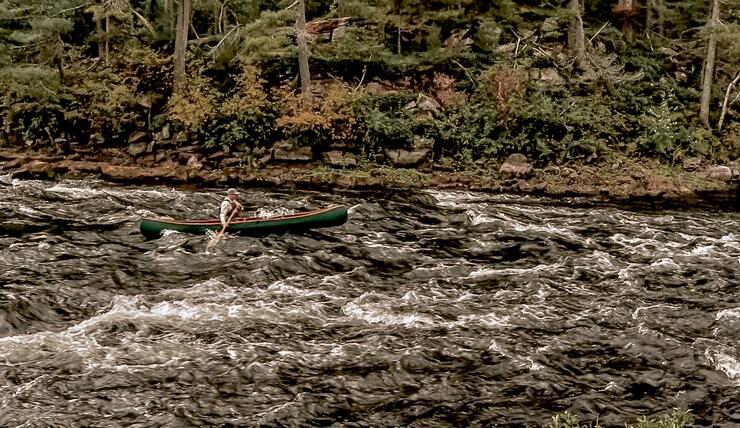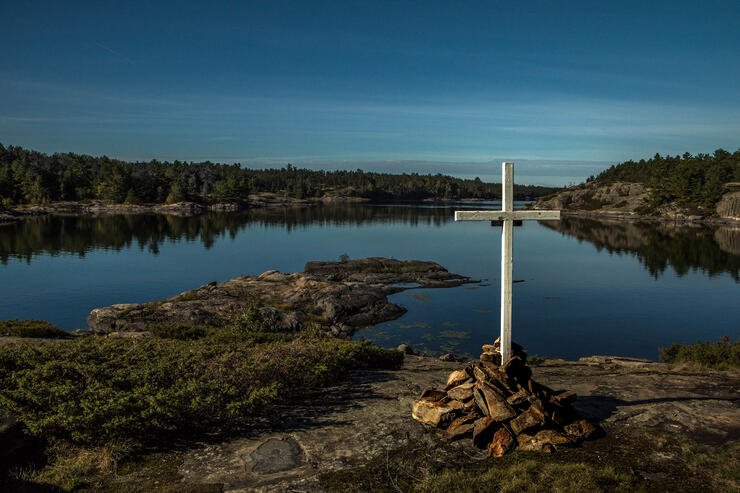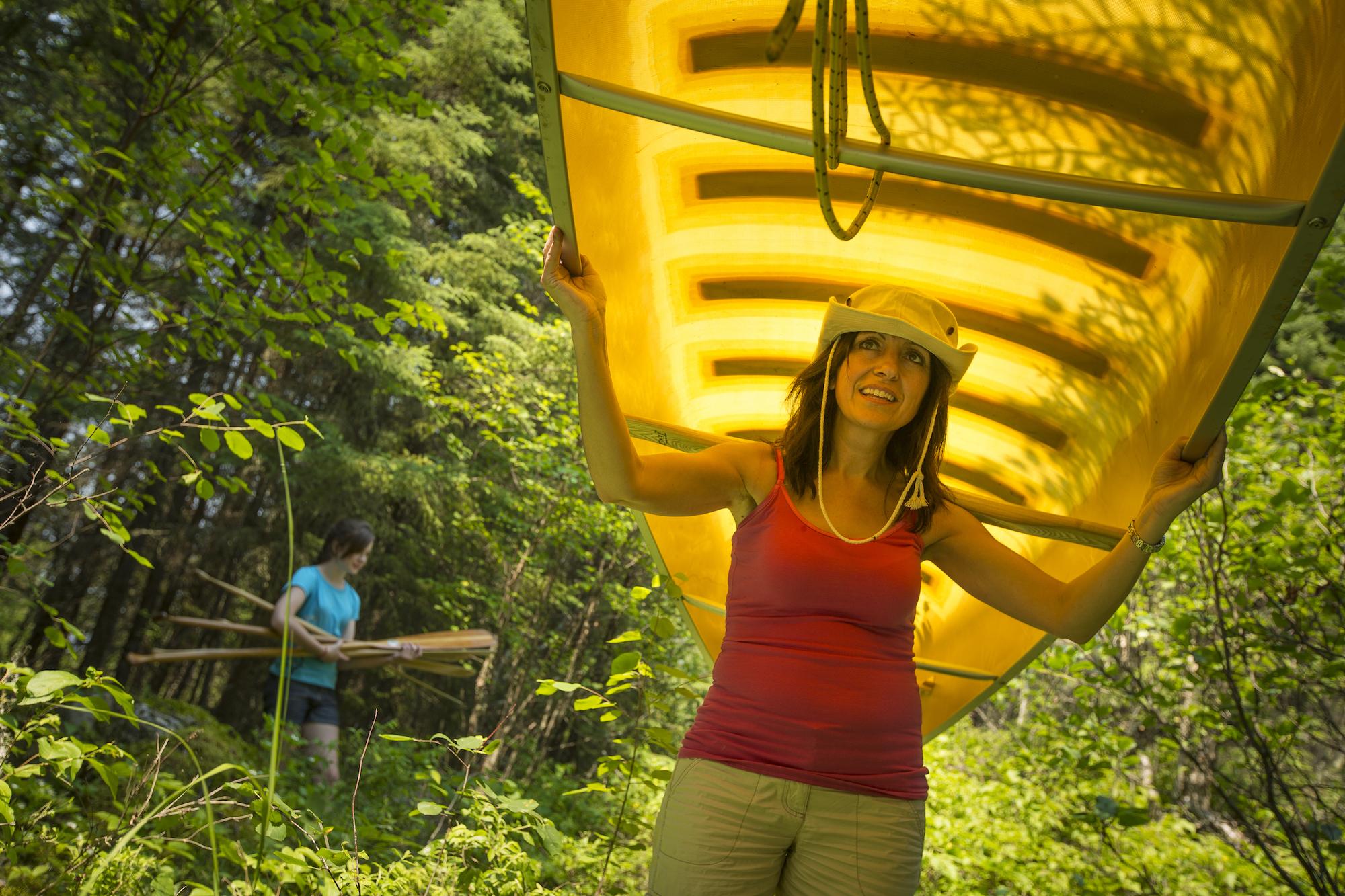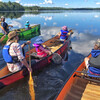
Paddling With Ghosts On The French River
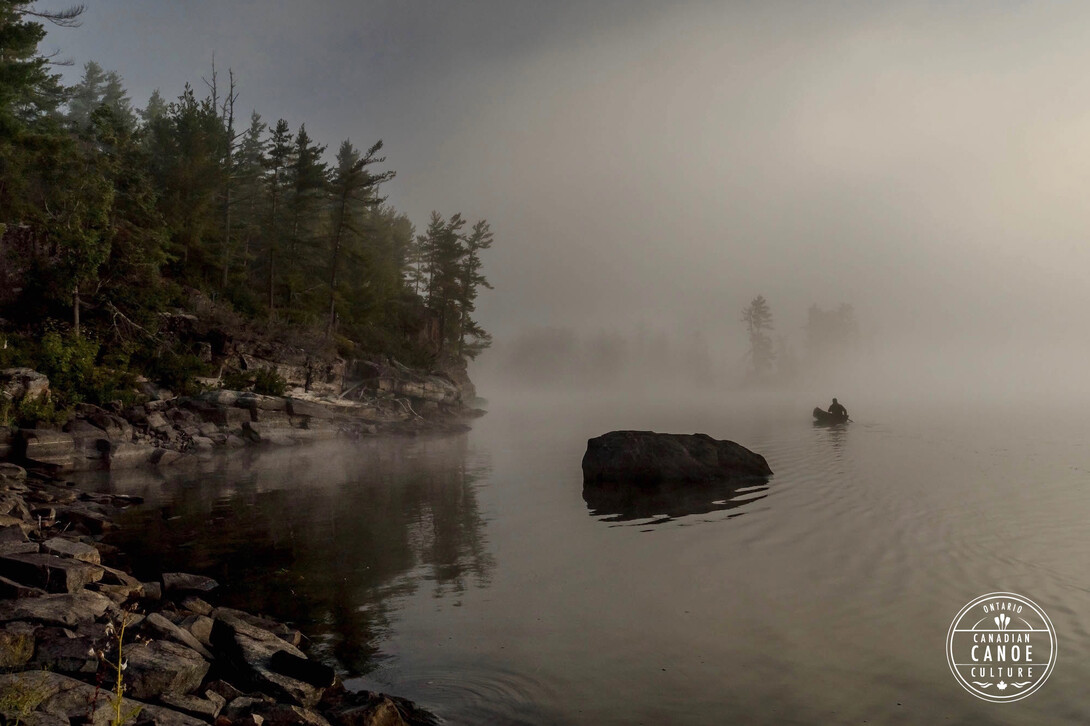

Standing in the parking lot at the end of Wolseley Bay, French River, I cannot help but think that this place is just another typical busy Ontario vacation spot – cottages, lodges, docks and boats of every shape and size fill my view. But, from past experience, I know better, and within a few minutes of leaving the dock, the reason we are here comes flooding back to me as we paddle past twisted rock and wind-blown pines along the shoreline. The French River is a special place, a world-class destination and a historic travel route critical to the development of our great country, Canada. Its history, and its ghosts, can be felt with every stroke of the paddle and each step along its many portages, and I am excited to be sharing this place with someone who has never experienced it.
– Adam Waxman, Dine Magazine
travelling The French River
Travelling by canoe down the mighty French River is a surreal experience. Located just three hours north of Toronto and six hours from Ottawa, the French provides its visitors with a unique and easily accessible glimpse into the history of Canada, both anthropologically and geologically speaking. Despite its close proximity to several urban centers, sections of the river are relatively unchanged from the day the Algonquian peoples watched with curiosity as the first Europeans paddled downriver more than 400 years ago. Looking further back in time, it is not too difficult to picture this rugged area of the Canadian Shield as young, towering mountains, now eroded by millennia of glaciation and extreme weather.
First dip of my paddle
That first dip of my paddle into the dark waters of the French River stirs something primordial in me. When I finally step ashore on that first portage of the trip, I get a tingling sensation in the back of my neck, an eerie feeling that someone from the distant past is watching me.
THOSE WHO PADDLED THESE WATERS BEFORE US
Deeply rutted paths provide safe passage around rapids and waterfalls - the same trails that have been traversed by man and beast for thousands of years. Indigenous peoples started referring to the river as the French after Étienne Brulé first paddled its waters in 1604, and it has changed very little since that time. Its designation as a Canadian Heritage River in 1986 and a Provincial Park in 1989 will protect its wilderness in perpetuity.
The French River is a place that compels me to simplify, to harken back to the days before Canada was formally a country, when members of the First Nations guided Champlain’s disciples down the turbulent waters of the French River from Lake Nipissing to Georgian Bay as they set out to find out what lay west of Quebec City.
To pay respect to our predecessors, I choose to leave my modern, Kevlar canoe at home, and decide to paddle my cedar and canvas canoe, a design that became popular 150 years ago and that is very similar to the cedar and birch bark canoes that floated over these waters for hundreds of years prior.
Wildlife encounter
Just an hour into the trip, we are greeted by a black bear, who sits motionless on the bank of the river while we paddle by, casually standing and melting back into the forest as we drift closer to shore; us mesmerized by his appearance and he, seemingly unimpressed.
Campsites of Wind-blown Pine
Paddling around a bend in the river, we arrive at a fantastic campsite poised on a smooth bedrock point, sparsely populated with wind-blown White Pine and stunted Red Oak – classic Canadian Shield. It is getting close to sundown as we set up camp, and a bald eagle flies over and perches in a tall pine tree on the other side of the river, watching over us as we prepare dinner. Occasionally, I hear a twig snap and leaves rustle behind our campsite, evidence that the spirit bear is watching from the shadows – ensuring that we are respectful of his ancestral home and of the past inhabitants whose ghosts live here still.
Through their misty veil
We awake before dawn to monastic silence and absolute stillness. If our experiences the previous evening offer evidence that we are welcome here, the glorious sunrise that greets us as we stumble down to the shoreline confirms it. A dense fog swirls over the water, apparitions floating across the glassy surface before disappearing into the surrounding forest as the sun struggles to peer through their misty veil. Adam pushes off from shore in the old wooden canoe and paddles alongside these ghosts while I capture it on film from the water’s edge. It is surreal and we are both thrilled to be part of it – it is not diminished by the fact that this is a common experience for those who keep an open mind while travelling on Canada’s Heritage Rivers.
The spirits watch over us
With the spirits now watching over us, we eat our breakfast in silence and set out. We paddle safely through whitewater sections of the river. Peoples of the Shield Archaic, Algonkian, Huron and Ojibwa, French explorers, missionaries, and lumberman have all traversed the French River, and many lost their lives here in the numerous rapids and waterfalls scattered throughout its 105-km length. We feel their presence, and we are thankful for their guidance.
paying respect
On day two, we camp on a beautiful high, rocky ridge overlooking the river, with a spectacular view of Cross Island, home of two Jesuit priests who were buried here centuries earlier. A prominent white cross was erected here in 1989 in their honour, and we are respectively silent as we pay a short visit. Returning to camp, I quietly prepare our dinner on the campfire while Adam catches a fish for his contribution to the meal.
As the sun sinks below the granite ridges to the west, Adam is compelled to go for one last solo paddle along the shoreline, silhouetted against the soft glow of the setting sun reflecting off of the now still water.
Stars appear in the dark sky
The wind felt earlier has disappeared along with any lingering clouds, and the stars begin to appear in the dark sky, one by one, until so many are in view that the sky appears white, the milky way visible to the naked eye as it can be only in such a dark, undeveloped place. I let the campfire burn out so that only a few faintly glowing embers can be seen, and we settle into our separate beds. Adam is tucked away in a small tent, and I choose to sleep out in the open, en plein air, in order to fully enjoy the night spectacle. The spirits that watch over us offer reward in the form of a faint aurora borealis dancing in the sparse pine forest, perched atop exposed bedrock on the far shore of the river. I fade along with them, and we all sleep.
Want to experience the French River for Yourself?
Check out The Ultimate Guide to Planning a French River Canoe Trip.
Recommended Articles

Best Family Canoe Trips
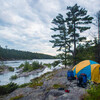
Easy River Tripping
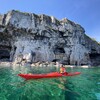
Ontario’s Blue-Water Lakes
Ontario’s Moose Hotspots
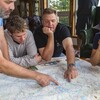
Best Canoe Maps in Ontario
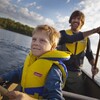
Paddling Laws
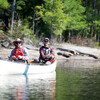
Find Wilderness South of Algonquin
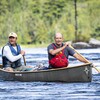
Quetico’s Best Canoe Routes
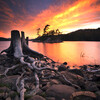
Killarney Canoe Trips
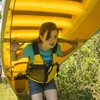
It's Time for a Paddle
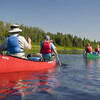
Missinaibi River Canoe Trip
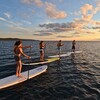
SUPreme Adventure
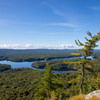
Killarney’s Most Beautiful Lakes
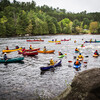
Get On The Water
Spectacular Rivers
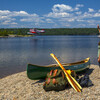
Temagami Canoe Trip Guide
Sun and Sand
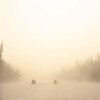
Escape the Crowds
